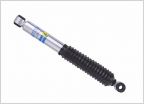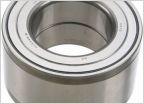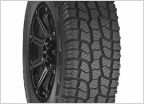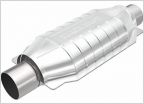-
Welcome to Tacoma World!
You are currently viewing as a guest! To get full-access, you need to register for a FREE account.
As a registered member, you’ll be able to:- Participate in all Tacoma discussion topics
- Communicate privately with other Tacoma owners from around the world
- Post your own photos in our Members Gallery
- Access all special features of the site
Question about replacing my 5-speed MT clutch in my 2000 2.4L 2WD base Tacoma
Discussion in '1st Gen. Tacomas (1995-2004)' started by Langing, Jan 5, 2024.
Page 4 of 6
Page 4 of 6


 Are 5100's different between Tacoma gens
Are 5100's different between Tacoma gens Need help, bearing change on 1998 tacoma
Need help, bearing change on 1998 tacoma New tread/tire recommendation for Florida trails on 2WD with 4-lug 15" rims
New tread/tire recommendation for Florida trails on 2WD with 4-lug 15" rims Catalytic converters?
Catalytic converters? Automatic Transmission Fluid for 1st Gens
Automatic Transmission Fluid for 1st Gens 1st Gen Gas Cap Part#
1st Gen Gas Cap Part#










































































